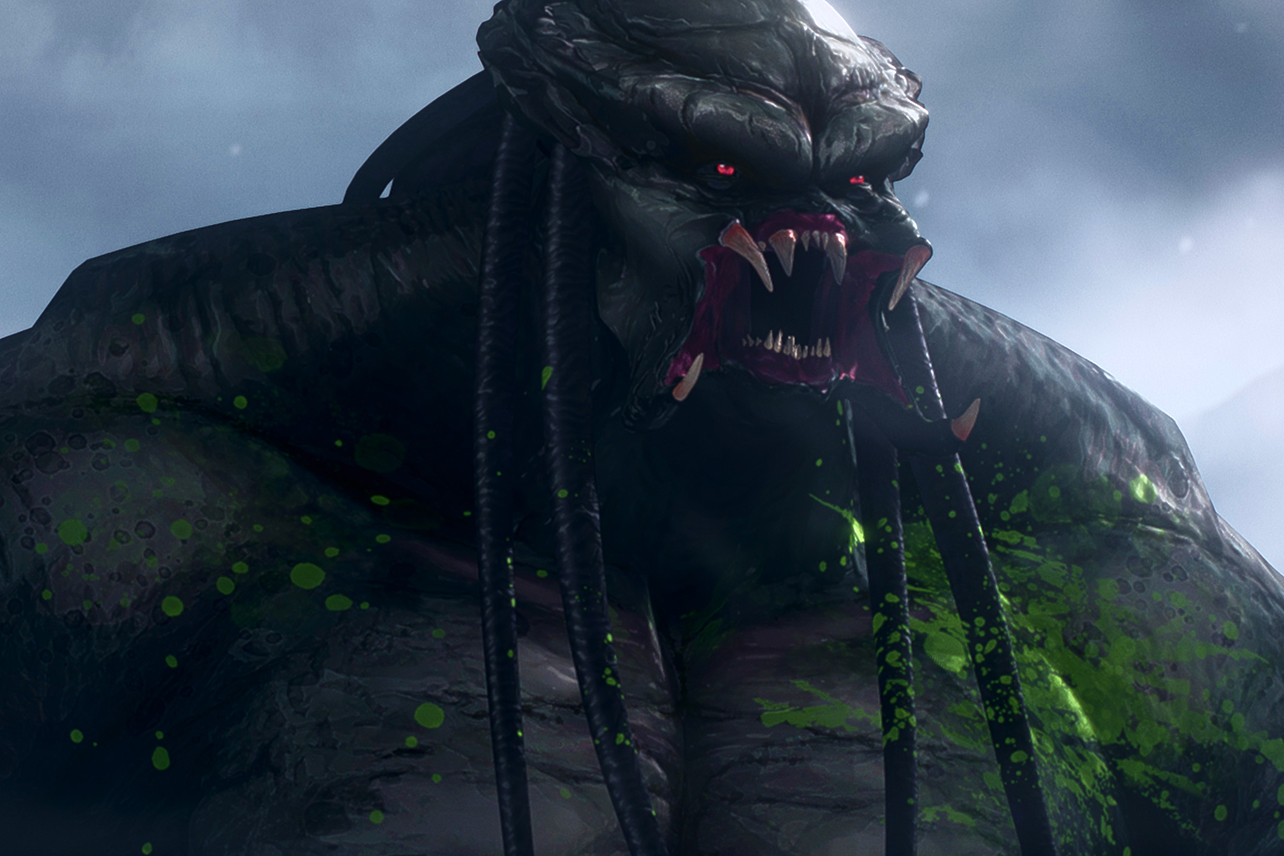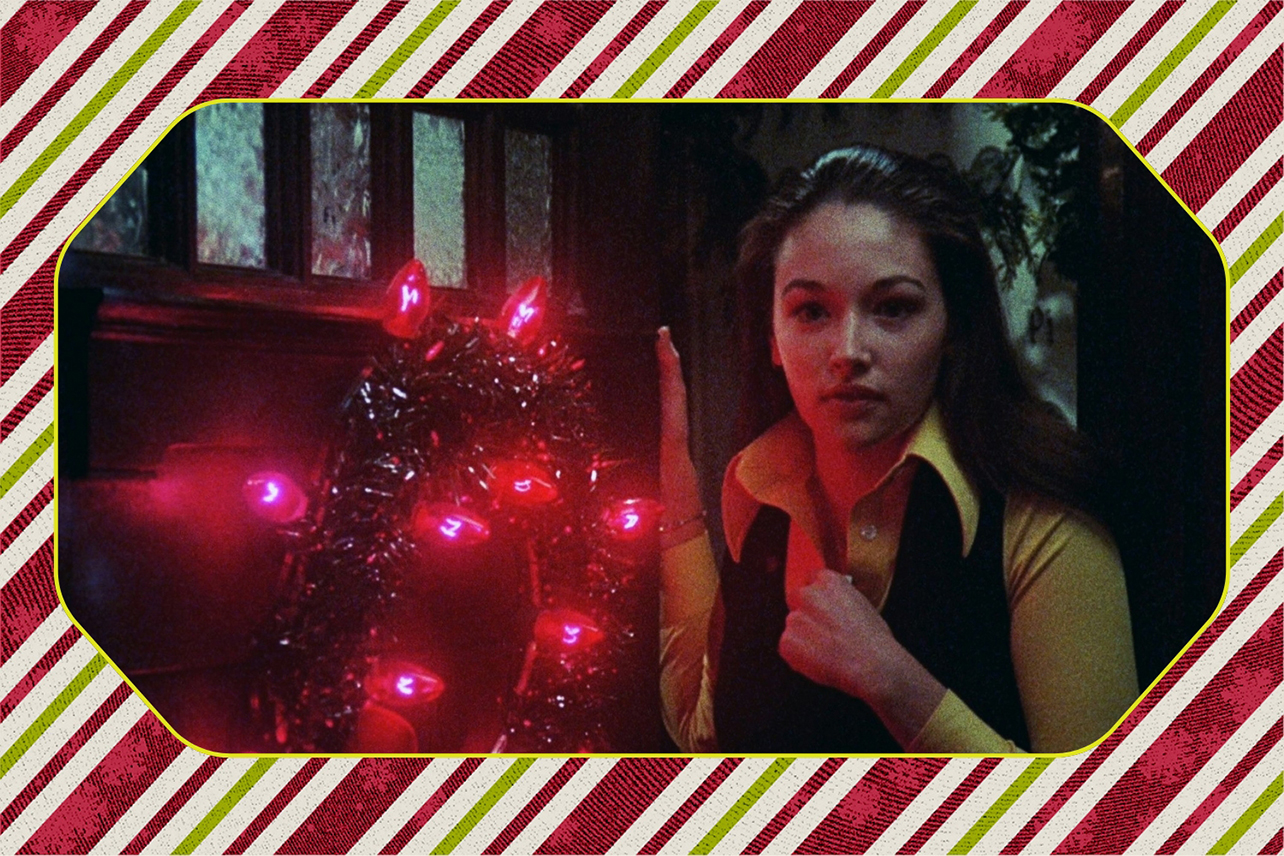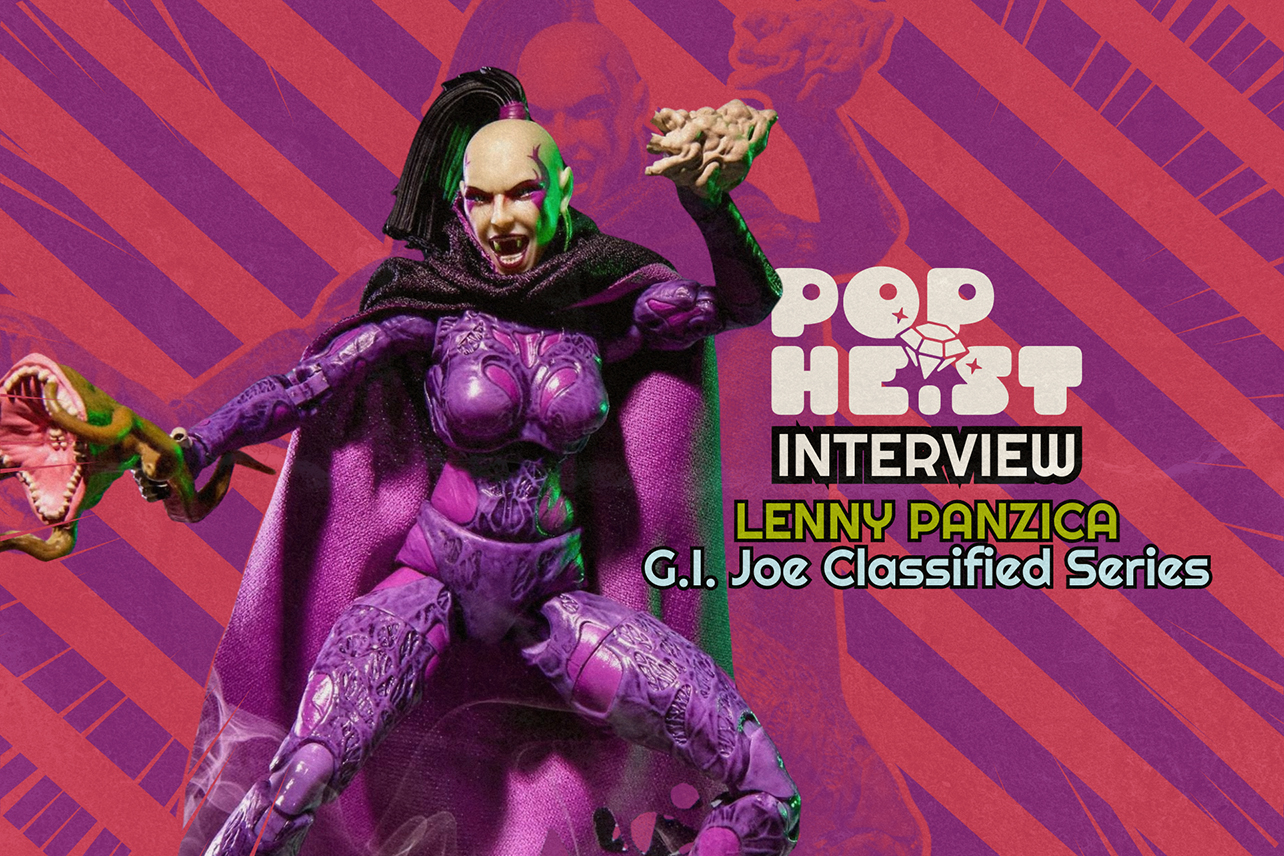Predator: Killer of Killers
Writers: Micho Robert Rutare, Dan Trachtenberg
Directors: Dan Trachtenberg, Joshua Wassung
Cast: Lindsay LaVanchy, Louis Ozawa Changchien, Rick Gonzalez, Michael Biehn
When the Predator was introduced nearly 40 years ago, it arrived with a very skeletal sense of lore surrounding it. This only added to the mystique. That original film, directed by John McTiernan and starring Arnold Schwarzenegger, left the door wide open to countless interpretations of this alien master hunter, no matter who might encounter the monster … or when.
Now we're in an era where that potential is finally being fulfilled under the leadership of writer/director Dan Trachtenberg. After directing the excellent Prey in 2022, Trachtenberg became the de facto steward of the Predator franchise and has devoted his time to showing us as many facets of this strange alien killer as possible.
The latest product of that devotion is Predator: Killer of Killers, an animated anthology film directed by Trachtenberg (with co-director Joshua Wassung) and based on a story he helped develop. A first of its kind in the franchise, it's a film that sets out to show us as many new aspects of the Predator — and its human prey — as possible. In the process, it becomes one of the best action movies of the year and a treat for both franchise devotees and casual fans who like to dip into the world of the green-blooded alien once in a while.
Set across three different eras and following three different human protagonists, Killer of Killers sets out to tell very human stories while also delivering as much of an expansion of Predator lore as possible. In 9th century Europe, a Viking warrior named Ursa (Lindsay LaVanchy) encounters the monster while on a quest for vengeance. In 17th century Japan, a ninja in exile (Louis Ozawa Changchien) seeks to steal the throne from his brother who betrayed him years before. And in the 1940s, a struggling World War II pilot (Rick Gonzalez) might be the only person who can save his squadron from a strange alien threat in the sky. Each story is compelling, each emerges as a fully formed portrait of a moment in time, and, of course, each comes with its own version of the Predator.

Even casual fans of the Predator films know that the Predator's Whole Deal as a species is to scour the cosmos for opponents worthy of its talent for killing. This means the hook of each story is baked in from the opening moments. We know there's a Predator somewhere in the frozen North, in the forest of Japan, in the skies above battle fleets, but we don't know which Predator, or how exactly they're going to go about their mission. It's here that Trachtenberg and Wassung make excellent use of the expansiveness of their concept, delivering Predator designs unlike any we've seen before that nevertheless fit perfectly into the spectrum of this creature's history. Each new story is an opportunity for not just a new visual, but an entirely new context through which we can view these monsters, all executed with incredible precision.
And that precision extends to the film's action, which is often so central that it's placed even above dialogue (the second chapter of the film is almost entirely without dialogue, and the others don't have that much either) as the driving force of the story. Animation is a medium that allows you to convey motion and speed and acrobatic wizardry as expansively as you like, and here again, the filmmaking team takes full advantage. There's a moment in this film involving a bell tower that's one of my favorite fight scenes in any movie in the last 10 years, and it's far from the only dazzling piece of combat in the film. As he did with Prey, Trachtenberg uses the unique fighting skills of his characters to tremendous advantage, and the animation gives it all a fluid power unlike anything else this franchise has ever seen.
But none of this would work half as well without another key part of the success in any Predator story, one that Trachtenberg nailed with Prey: The human element. These aliens are cool, they're scary, they have lots of awesome alien gadgets, but if they don't have a human opponent we care about, they're just props. In these three stories, Trachtenberg and company explore the lives of three human warriors, each with something to prove, whose purpose is interrupted, and ultimately transformed, by the presence of an alien threat. We feel each of these stories, and that allows Killer of Killers to not just dazzle us visually, but keep us hanging on every moment of ultra-violent magic.
If you haven't already, consider supporting worker-owned media by subscribing to Pop Heist. We are ad-free and operating outside the algorithm, so all dollars go directly to paying the staff members and writers who make articles like this one possible.






